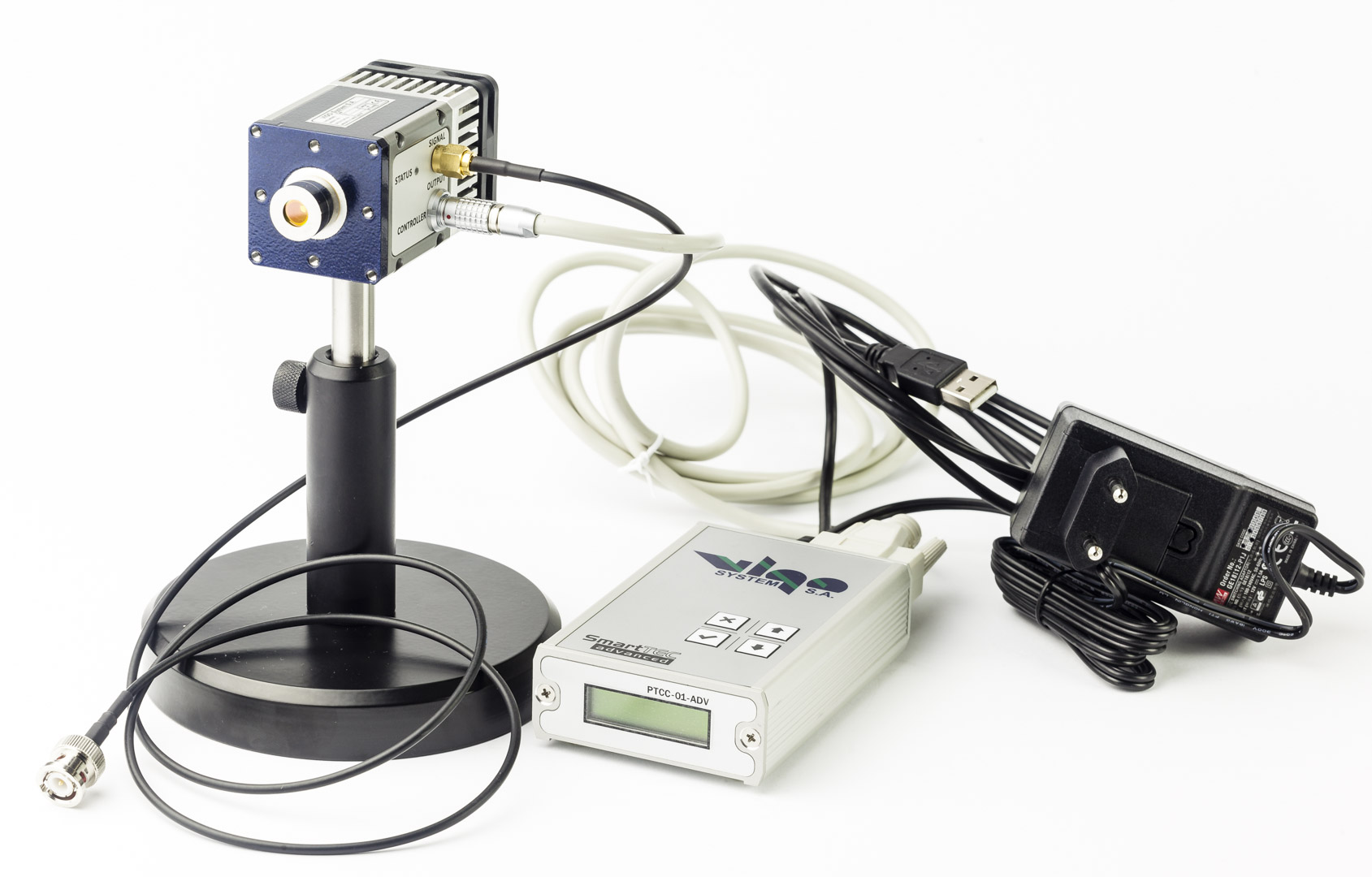
A European research team is developing a photonic-ultrasound-based bacteria detector that will help water companies comply with tough new drinking-water regulations, soon to be implemented by the World Health Organisation (WHO).
New high standards are being set out for achieving safe drinking-water, where zero traces of bacteria should be present in a sample of just 100 ml. Currently, monitoring the most deadly bacteria - E Coli, Salmonella and Pseudomonas Aeruginosa – in drinking water can take 3 days and because the concentration of contaminants can be very low, these are often hard to detect.
However, a Photonics PPP Horizon 2020-funded water-safety project, named WaterSpy provides a quick safety diagnosis for deadly waterborne bacteria. It’s a portable laser-based, water quality analyser which is employed at critical points on a water distribution network and provides a reading in a matter of hours rather than days.
The prototype is now ready and the WaterSpy team will take their device to be tested in two sites in Genova, at the Prato Water Treatment Plant, and the entry point of the Genova water distribution network.
Using the latest photonics technology, the device - a laser configuration combined with new photodetectors and ultrasound particle manipulation- is suitable for inline, field measurements.
Currently, water utilities, public authorities and regulators rely heavily on frequent sampling and laboratory analysis, which is both time-consuming and expensive. WaterSpy can speed the process up, making huge savings and providing real-time critical data.



